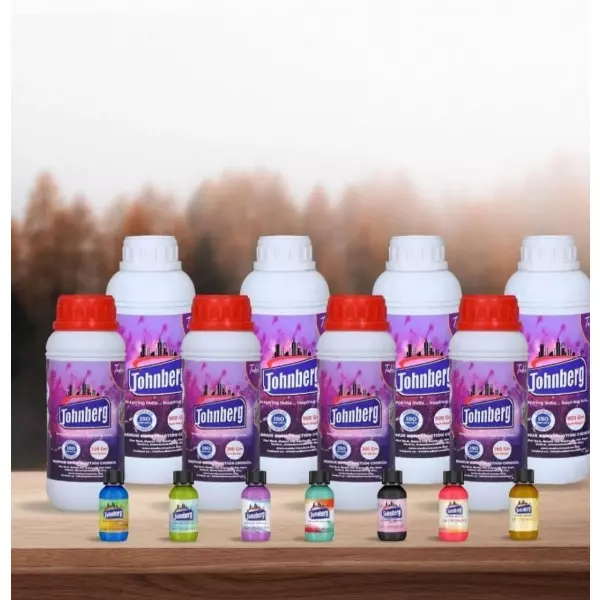Epoxy Resin And Hardeners In Uttar Pradesh
Details of Epoxy Resin And Hardeners
Epoxy Resin and Hardener: Detailed Overview
Epoxy resins are a class of reactive prepolymers and polymers containing epoxide groups. These resins are widely used in adhesives, coatings, laminates, composites, and casting materials when cured with a hardener (also called a curing agent).
1. Epoxy Resin
Chemical Composition
Typically based on bisphenol-A (BPA) and epichlorohydrin.
Formula (general): C21H24O4 (for common resins like DGEBA - Diglycidyl Ether of Bisphenol A)
Physical Properties
Viscosity: Thick, syrup-like liquid
Color: Clear to amber
Density: ~1.1–1.2 g/cm³
Shelf life: 1–2 years if properly stored
Types of Epoxy Resin
Bisphenol A-based (DGEBA): Most common, good mechanical and adhesive properties.
Bisphenol F-based: Lower viscosity, better chemical resistance.
Novolac-based: High heat and chemical resistance.
Cycloaliphatic: Excellent electrical properties.
2. Hardener (Curing Agent)
Function
Reacts with the epoxy groups in the resin to form a cross-linked, thermoset polymer.
Determines the final mechanical, thermal, and chemical properties.
Types of Hardeners
Amine-based (most common)
Aliphatic amines (e.g., triethylenetetramine)
Aromatic amines (e.g., methylene dianiline – high temp use)
Polyamides – Flexible, moisture-resistant
Anhydrides – High-temp, electrical insulation
Thiols (mercaptans) – Very fast cure, low strength
Cycloaliphatic amines – Good UV and chemical resistance
Physical Properties
Appearance: Usually clear, amber, or yellowish
Odor: Often ammonia-like (especially amine types)
Viscosity: Medium to low, depending on type
3. Mixing and Curing
Parameter Details
Mix Ratio Typically 1:1 to 3:1 by volume or weight, depending on formulation
Pot Life 5 minutes to 2 hours (based on formulation)
Curing Time 5 min to 24 hours (room temp or with heat)
Curing Temperature Room temp to 150°C (can vary)
4. Applications
Adhesives: Metal, wood, plastic, concrete bonding
Composites: Aerospace, automotive, marine (carbon/glass fiber)
Coatings: Protective paints, floor coatings
Electrical: Encapsulation, insulators, PCBs
Casting/Molding: Art, jewelry, prototypes
5. Advantages
High strength and adhesion
Chemical and heat resistance
Dimensional stability
Electrical insulation
Customizable with additives (fillers, pigments, flexibilizers)
6. Safety and Handling
Irritant: Skin and eye contact may cause irritation
Sensitizer: Can cause allergic reactions on prolonged exposure
Ventilation: Use in a well-ventilated area
PPE: Gloves, goggles, and protective clothing recommended

